Taking transit can often be a dismal experience. You keep your head down, turn your music up louder, and avoid puddles of spilled coffee, all while clinging to a handle on the LRT for dear life.
But an art exhibition called Art in Transit, a new phase of the initiative formerly known as #YEGCanvas, will add the spark that your commute was missing.
The Nina Haggerty Centre for the Arts has partnered with Pattison Outdoor Advertising and the Edmonton Arts Council to create an outdoor exhibition that features the work of artists with developmental disabilities.
Giant posters are on display at LRT stations across the city, including MacEwan, McKernan/Belgravia, University, Southgate, and more, and you can step off the train and into the whimsical or colourful worlds the artists created.
All of the posters are individual works of art, and LRT stations showcase several posters by different artists.
The Nina supports artists who have developmental disabilities or other barriers, and their studio supports over 200 artists across Edmonton.
Janice Easton, the director of communications and artistic outreach at The Nina, says 41 different artists have their art featured in the exhibition, and there are a wide range of mediums and styles that were selected for display. At The Nina, artists can paint and draw, but there are also studios available for printmaking, ceramics, and textile work. “Pretty much any type of art you can think of, we’re set up for it,” says Easton.
Easton says a lot of care was taken to reflect all the different mediums and subject matters in the 41 pieces of artwork choses for the exhibition. “There’s abstract, there’s portraiture, (and) more illustrative styles,” explains Easton. “A lot of them are really playful and joyful; some of them are a bit more sombre. It’s a really, really diverse range. Having 41 pieces is nice because you can kind of sample the whole assortment of styles.”
The artists featured in the exhibition also have a wide range of experience. “Some of the artists have been practicing for a very long time; they’re very prolific, pretty well-known, celebrated artists in Edmonton. And for some of them, it’s their first time exhibiting work publicly,” says Easton.
Jared Quinney is an Indigenous artist who has been creating art at The Nina since 2017. His Giant Squid was one of the 41 pieces of art displayed in the exhibition, and Quinney used paper marbling techniques and pencil crayon to bring his squid to life.
“I’m actually very proud of that!” says Quinney. “It was really interesting. I didn’t expect that the piece would be that well received. It’s exciting to actually see it up. It really is.”
Quinney also enjoys drawing nature and other animals. He says whether that is a sea creature or a land animal, “you name it, I can do it.”
His experience at The Nina has been very positive. “It’s fun. Everybody’s friendly there so it’s like we’re one big happy family there,” says Quinney. “It actually makes it far (easier) because everyone’s so friendly that we can socialize with each other.”
This exhibition is important for a variety of reasons: Not only does it allow artists with developmental disabilities to sit at the same table as the rest of the arts community, but it brings art to the public in an unexpected way.
“Opportunities like this are really great in that they level the playing field and present art by artists with disabilities without the context. It sort of brings the art to the public in a way that it’s just art. It’s not, ‘Oh, that’s good for an artist with a disability,’” reflects Easton. “This is just good art.”
“And it is kind of a special opportunity because the art is being brought to the audience — the audience doesn’t have to go to the gallery or seek it out…. As you go about your commute you can stumble upon it without searching it out which is kind of cool,” says Easton. “Gallery shows are important, but it’s nice to come up with creative ways to bring art to the community and to an audience who might not normally seek out an art exhibition.”
Artists who have their work displayed in the exhibition were also compensated financially with a fee from the Edmonton Arts Council. Easton says this is vital for the artists, since the majority of them live on a fixed income, and it also demonstrates the legitimacy of their work and an appreciation for what they do.
“It’s been so fun traveling around, riding the LRT with (the artists) and getting off and having them see their work for the first time,” says Easton. Some of the artwork was small in its original form, but for the exhibition, the works of art were “blown up to be taller than the artist,” says Easton. “So, I think seeing your artwork at that scale is a really exciting thing. And seeing other people seeing it is fantastic.”
The Art in Transit exhibition runs until January 2022. Check out the work of talented artists the next time you’re trudging through your morning commute — it might just make your day!
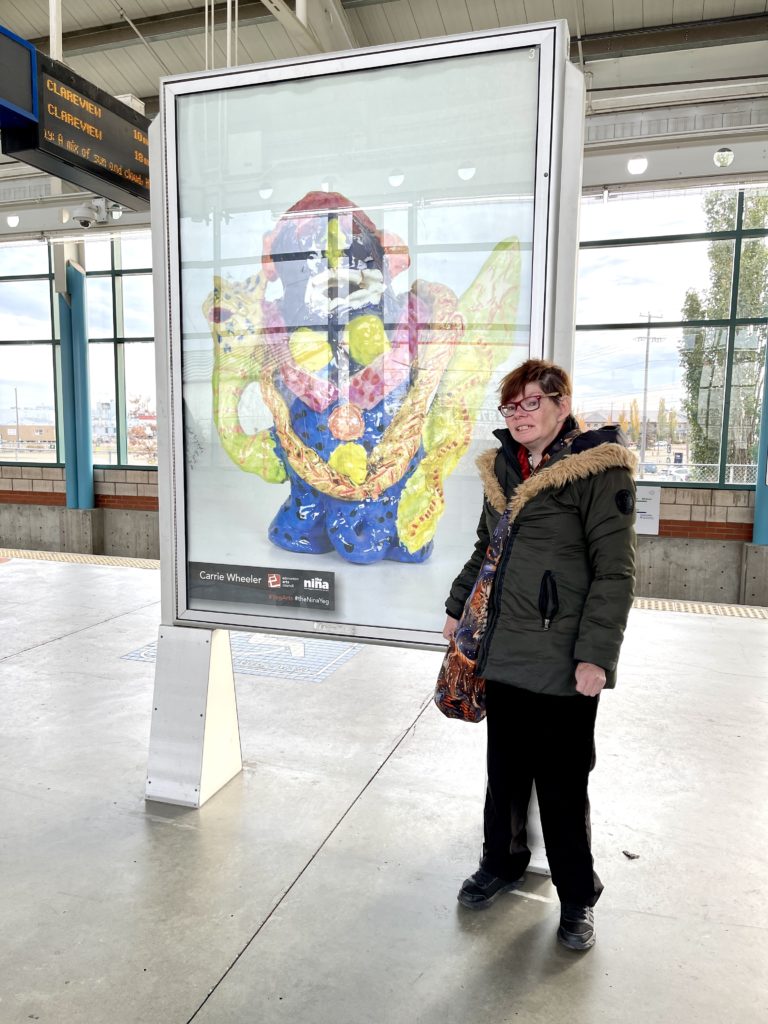
Carrie Wheeler 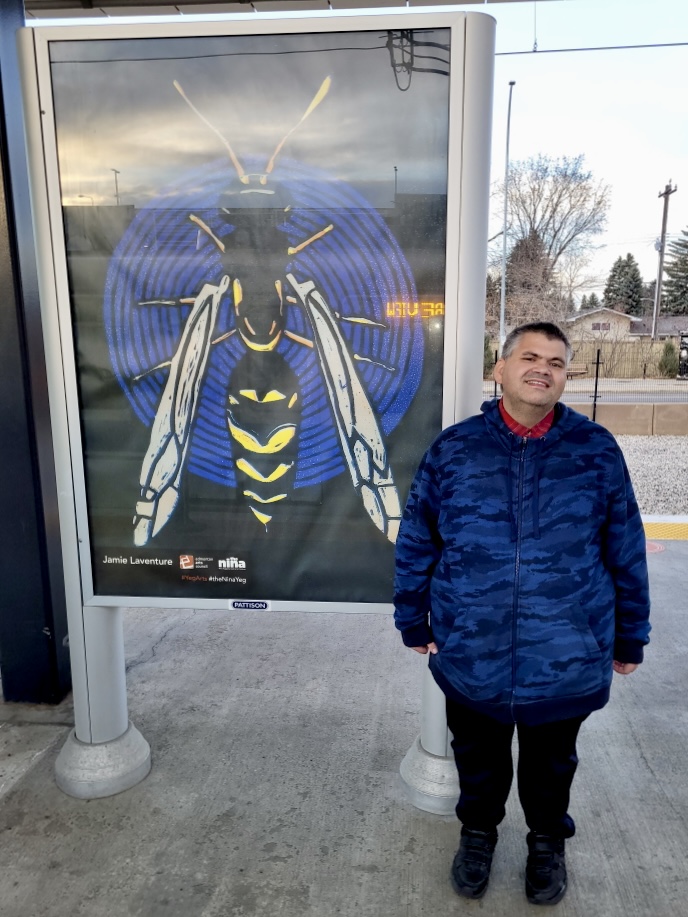
Jamie Laventure 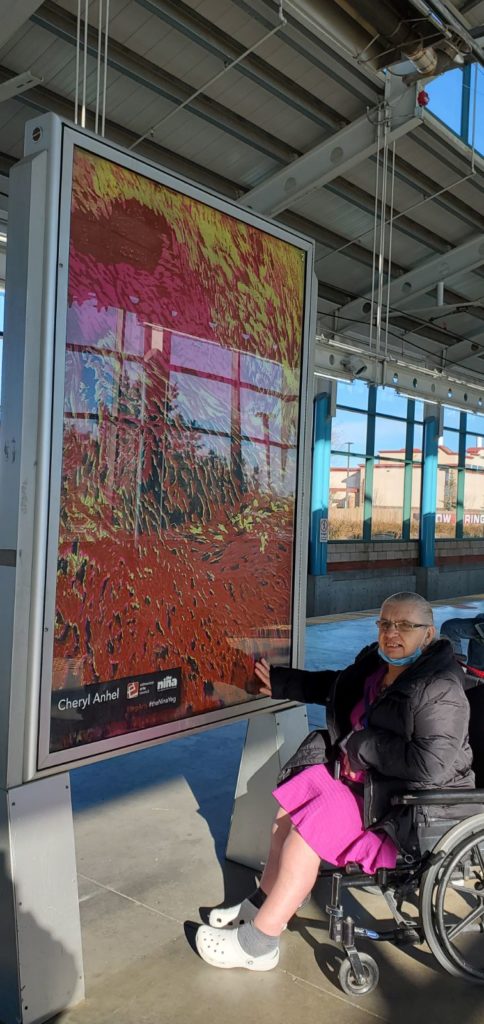
Cheryl Anhel 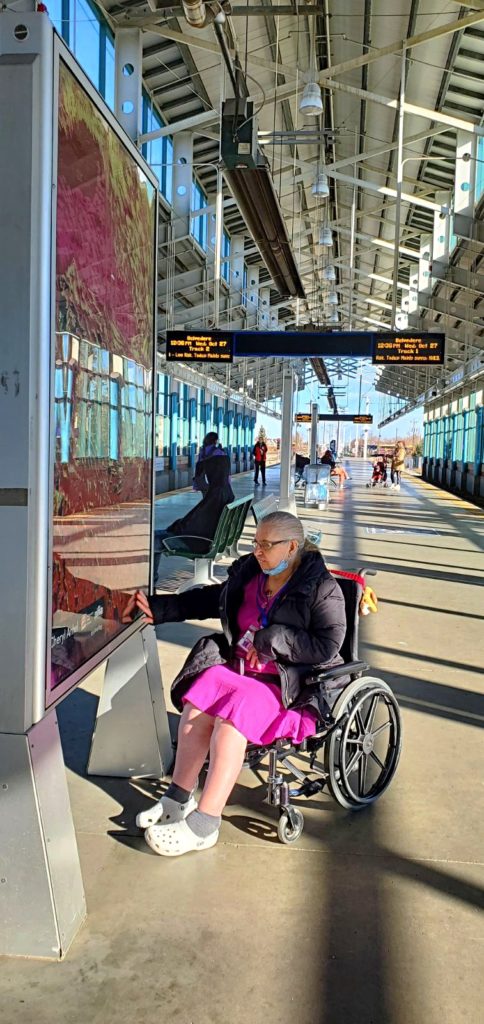
Cheryl Anhel 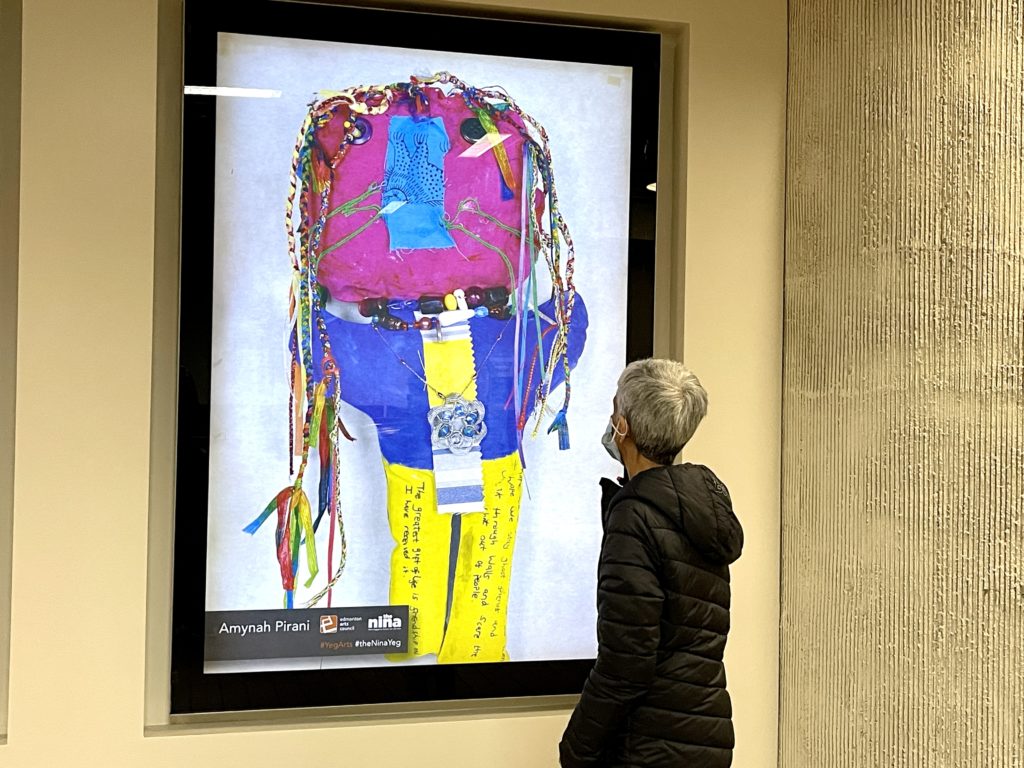
Amynah Pirani 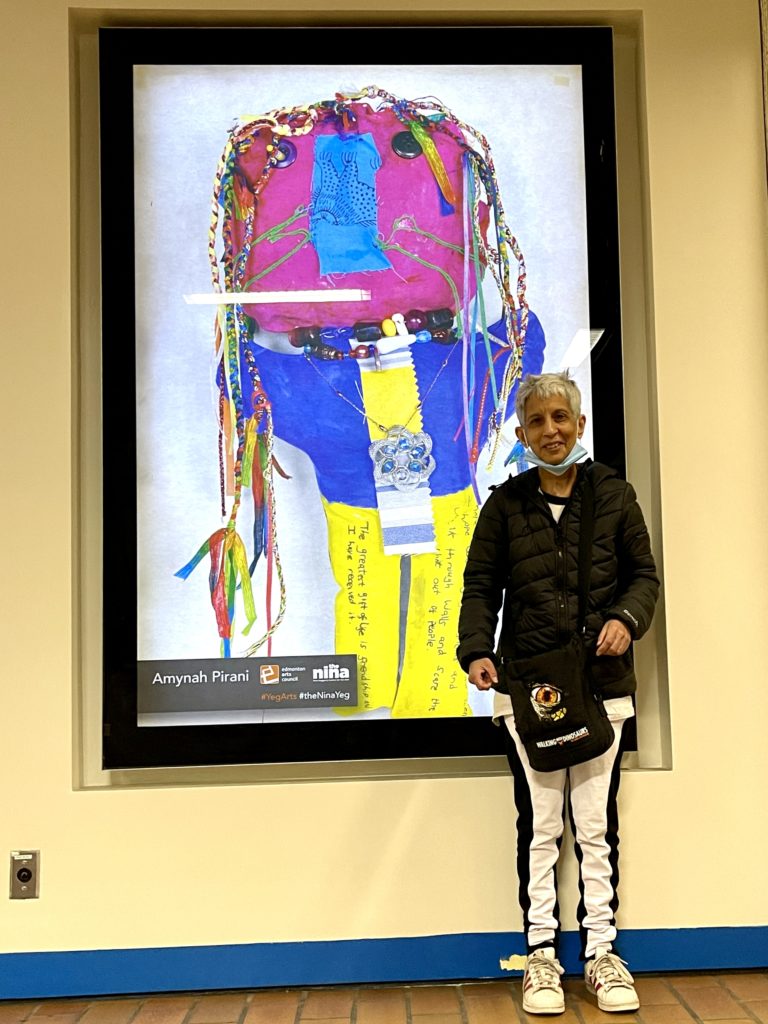
Amynah Pirani 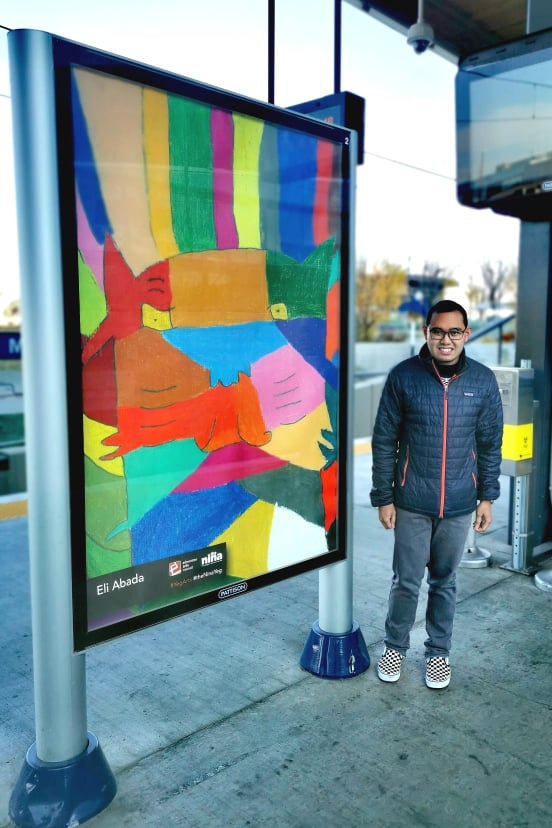
Eli Abada 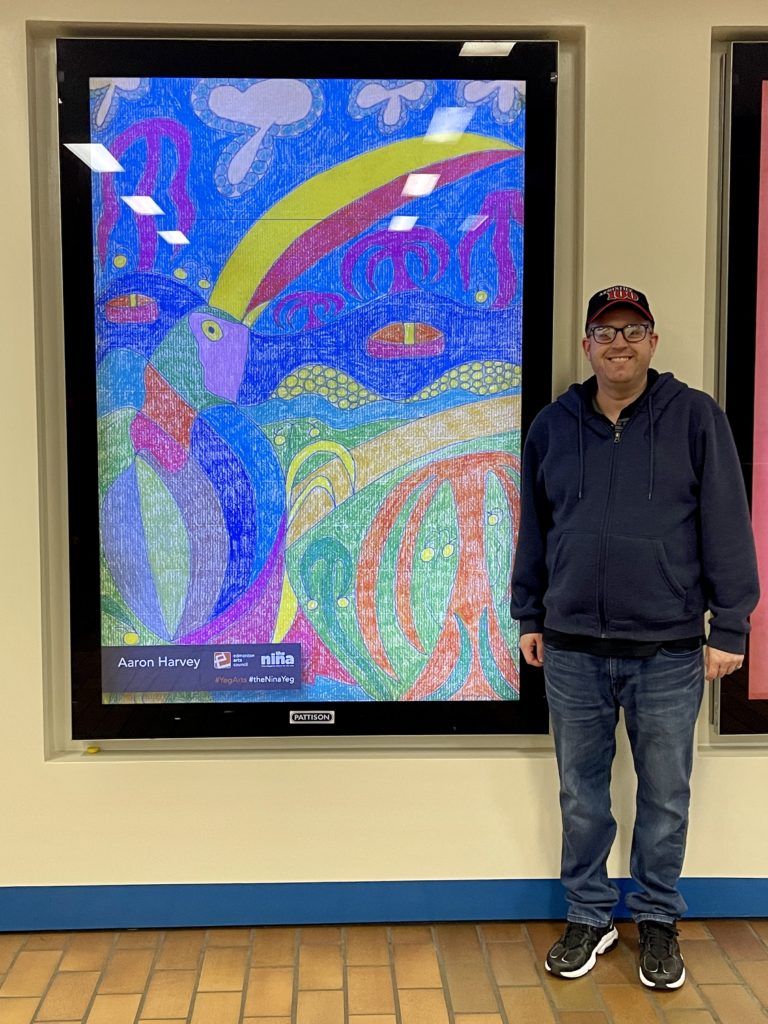
Aaron Harvey

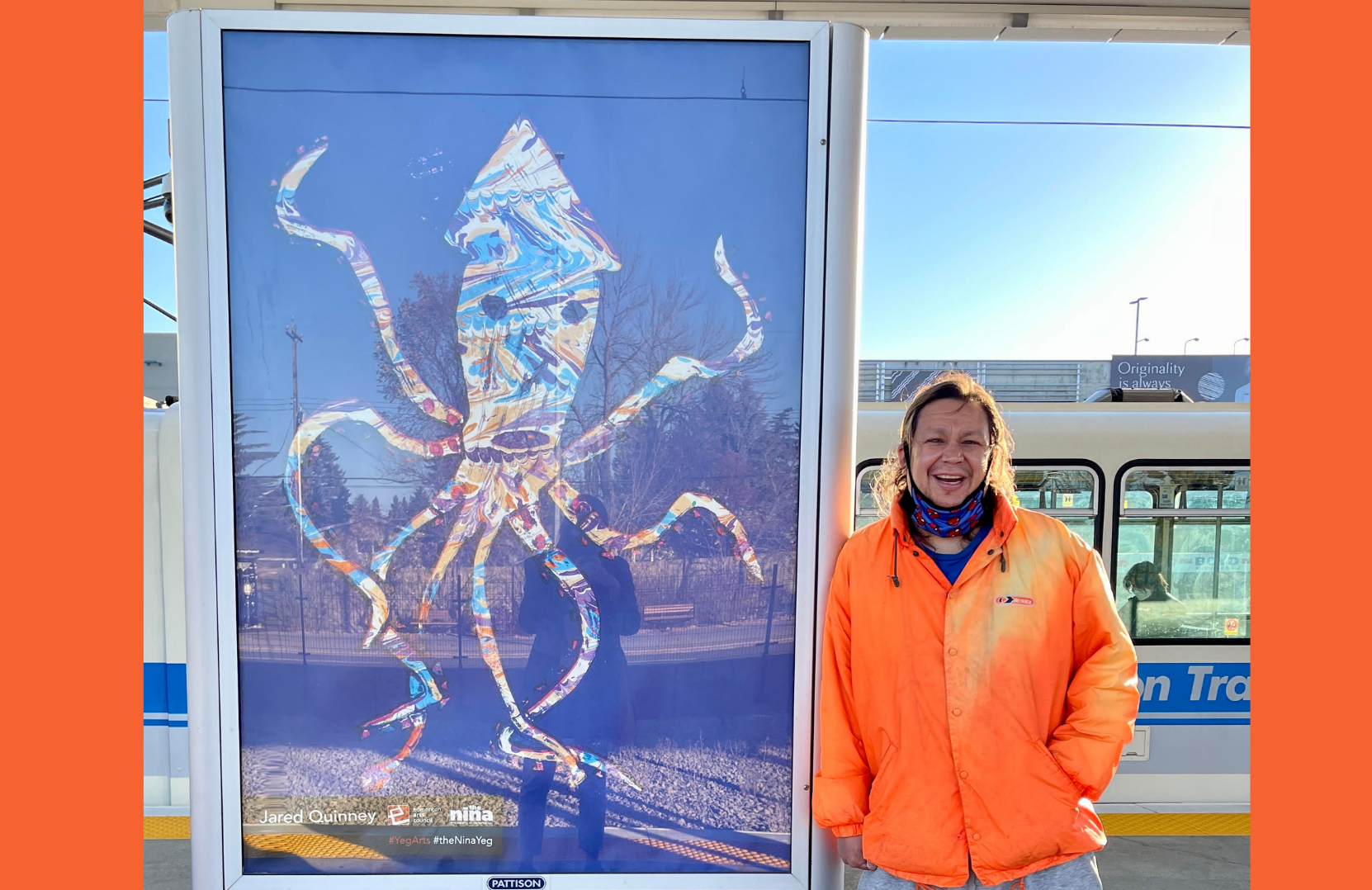
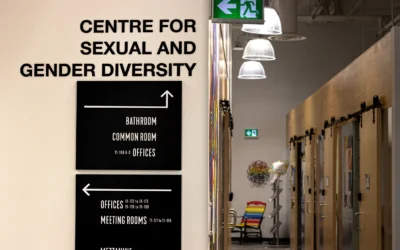


0 Comments